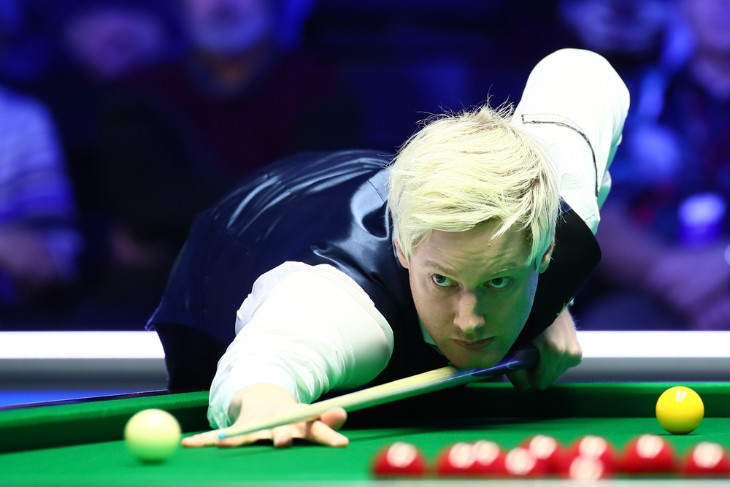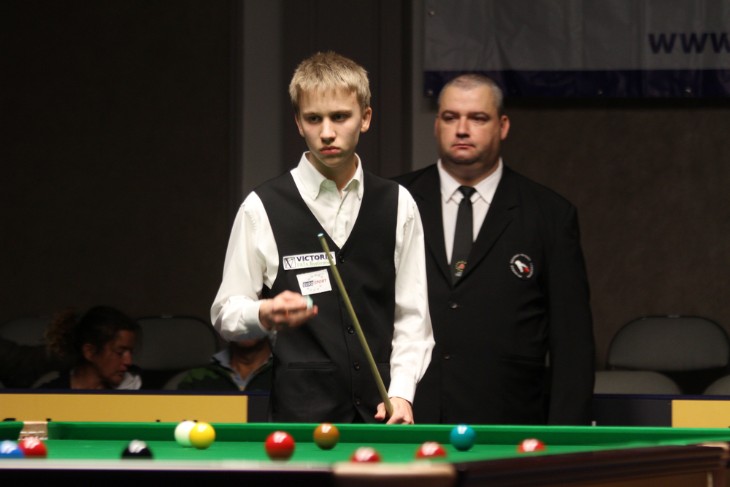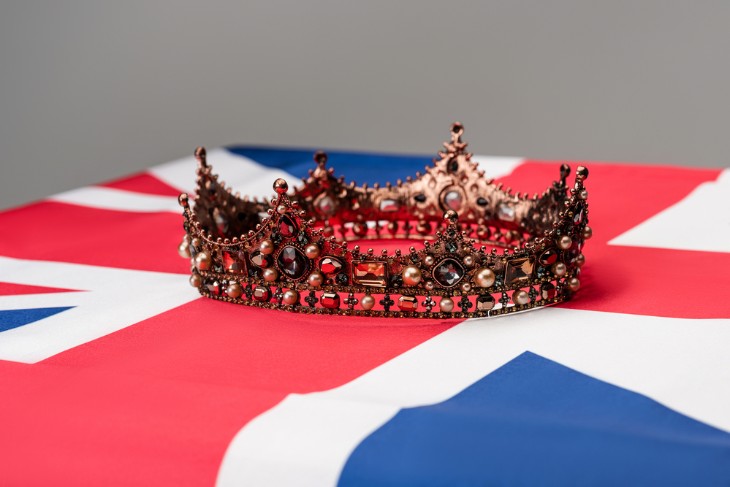- Royal Patronage: Monarchs and the Sport’s Growth
- Cricket Clubs and the Royal Connection
- Cricket at Windsor: The Royal Family’s Home Ground
- The Royals on the Field: Notable Matches and Moments
- The Ashes and Royal Symbolism
- Lords: The Mecca of Cricket and Its Royal Legacy
- The Royal Family’s Influence on Cricket’s Global Expansion
- Royal Cricket Charities and Philanthropy
- Modern Royals and Contemporary Cricket
- The Cultural Impact of Cricket in Royal Traditions
- Conclusion
Historical records suggest that as early as the 17th century, cricket was played by British nobility, with matches cited as social occasions, bringing together the influential and the affluent. The patronage of aristocrats not only brought cricket out of rural obscurity but also embedded it within the cultural fabric of the British elite. This patronage was instrumental in founding some of the oldest cricket clubs in history, which served as social clubs for the nobility and played a crucial role in the evolution of the sport.
Royal Patronage: Monarchs and the Sport’s Growth
The royal family's association with cricket has been a catalyst for the sport's growth from its infancy. King Charles II's well-documented love for the sport saw it gaining popularity amongst the monarchs and their courts. The royal endorsement helped cricket to flourish, especially in the public schools such as Eton and Harrow, which were breeding grounds for the future leaders of the British Empire. It was here that the values of sportsmanship and fair play, so central to cricket, were inculcated into the British gentry.
In the 18th century, the involvement of figures such as Frederick, Prince of Wales, solidified the relationship between the monarchy and cricket. His support of the sport was significant, as it was during his time that the first laws of cricket were formalised. The Marylebone Cricket Club (MCC), which later became the custodian of cricket laws, was established under royal patronage. The MCC's role in shaping the sport was pivotal, and the royal connection endowed it with a stature that extended beyond the boundaries of the cricketing field, influencing social norms and national identity.
Cricket Clubs and the Royal Connection
Cricket clubs in Britain have long enjoyed the patronage of royalty, a tradition that underscores the sport's social significance. The Surrey County Cricket Club, for instance, was honoured with the title 'Surrey County Cricket Club' by royal decree in 1853. The club's emblem, a Prince of Wales's feathers, further cements its royal associations. Such endorsements were more than ceremonial; they reflected the monarchy's active role in the game's institutional life, promoting cricket's ethos and spirit across various social strata.
The royal family's influence also extends to some of the most prestigious cricket grounds in the country. Grounds like The Oval in London, which hosted the first-ever Test match on English soil, have seen royal attendance, adding a regal gravitas to the contests played there. These venues have become synonymous with the sport's history and have often been the setting for royal appearances, where members of the monarchy have been seen engaging with players and spectators alike, thereby reinforcing the sport's status as the 'game of kings'.

Cricket at Windsor: The Royal Family’s Home Ground
The royal grounds at Windsor have borne witness to cricket's royal affair since the 18th century. Windsor Castle, with its sprawling lawns, has hosted numerous cricket matches, often with royal participants. The tradition of cricket at Windsor is not merely ceremonial; it serves as a testament to the sport's integration into royal life. The Windsor Cricket Club, with its historic association with the royal family, has been a focal point for cricketing activity within the royal estates, echoing the broader national passion for the sport.
The Windsor cricket fixtures often included the royals themselves, with Prince Philip, the Duke of Edinburgh, being an enthusiastic cricketer. These matches were not only sporting events but also social gatherings, which saw the convergence of the aristocracy and other eminent figures of society. The castle’s cricketing tradition has been carefully maintained, ensuring the sport's continuity as a royal pastime.
The Royals on the Field: Notable Matches and Moments
Cricket's annals are rich with moments where members of the British royal family have not just been spectators but active participants on the field. The annual matches between Eton and Harrow at Lord's, for instance, have often been graced by royal attendance, with Princes William and Harry, known for their sporting proclivities, being recent prominent spectators. The royal presence at such events underscores the sport's importance in royal circles and its role in fostering competitive spirit and camaraderie among young British aristocrats.
Moreover, royal engagement with cricket has often transcended mere patronage, with royals taking up the bat and ball themselves. Prince Charles, for instance, played cricket while at Cambridge University, continuing a tradition of royal involvement in the sport. Such instances are not merely symbolic; they reflect the monarchy's genuine affection for the game, which resonates with the British public's own passion for cricket.
The Ashes and Royal Symbolism
The Ashes series, the biennial Test cricket competition between England and Australia, has become emblematic of the sport's competitive spirit and is deeply entwined with national pride. The Ashes urn, though modest in size, holds immense symbolic value and is intrinsically linked to the royal image, representing a trophy of imperial rivalry. The series' inception followed a mock obituary for English cricket in 1882, which stated that the body would be cremated and the ashes taken to Australia, thus beginning the storied quest to regain the 'ashes'.
Throughout the history of The Ashes, royal figures have often been in attendance at key matches, exemplifying the high esteem in which the competition is held. Royal support has been evident, with members of the family expressing their backing for the English team, adding a layer of regal prestige to the contest. This royal benediction provides a cultural depth to The Ashes, highlighting the sport's significance beyond mere athletic competition, as a matter of national heritage and pride, intertwined with the identity of the British monarchy itself.
Lords: The Mecca of Cricket and Its Royal Legacy
Lords Cricket Ground, with its venerable pavilions and hallowed turf, is often described as the cathedral of cricket, a site that has witnessed the game's evolution from a pastime to a global sport. Founded by Thomas Lord in 1787, Lords has been the stage for some of cricket's most historic moments, with the MCC based at its heart. The ground's association with royalty is storied; it is customary for the Home of Cricket to host the Royal Household Cricket Club's fixtures, a tradition that honours the long-standing connection between Lords and the monarchy.
The ground is also host to the annual Eton versus Harrow match, which has frequently seen royal attendees among its spectators, further solidifying its status as a social institution within British aristocracy. The royal box at Lords is not merely a sign of the sport's prestige; it is a symbol of the monarchy's enduring patronage of cricket. This royal endorsement extends beyond the physical realm, encapsulating the spirit and traditions that are the very essence of the game.
The Royal Family’s Influence on Cricket’s Global Expansion
As the British Empire expanded its reach, cricket travelled with administrators, soldiers, and settlers to distant lands, carrying with it the ethos of the sport steeped in British culture. The royal family, as the figurehead of the Empire, indirectly influenced this spread. Cricket became a unifying force, a common language spoken across the colonies, from the green fields of New Zealand to the vibrant landscapes of India. This expansion was not merely geographical but also cultural, embedding cricket within the social fabric of the Commonwealth.
The royal family's tours of the Commonwealth often included cricket events, which served to strengthen diplomatic ties and foster goodwill. The 1926-27 tour of the West Indies by the Duke and Duchess of York, who later became King George VI and Queen Elizabeth, The Queen Mother, included a visit to a cricket match, symbolising the sport's role in colonial and Commonwealth relations. Such royal engagements have been pivotal in promoting cricket as a means of international connection, transcending political and cultural boundaries.
Royal Cricket Charities and Philanthropy
The royal family has historically used its influence to promote charitable causes within cricket, thereby reinforcing the sport's role in societal development. The establishment of various royal cricket funds and foundations has been instrumental in providing opportunities for young and underprivileged cricketers. These initiatives reflect the monarchy's commitment to nurturing talent and ensuring the sport's accessibility to all layers of society. The charitable aspect of royal involvement in cricket underscores a dedication to social welfare and the betterment of the community through sport.
One such example is The Lord's Taverners, a cricket charity with royal patronage, which focuses on empowering young people from disadvantaged backgrounds and those with disabilities. The charity's royal associations have bolstered its profile and efficacy, with various members of the royal family often participating in fundraising events. This philanthropic avenue of the royal-cricket relationship exemplifies the monarchy's role in fostering inclusivity and support within the sport, furthering cricket's reputation as a force for good.

Modern Royals and Contemporary Cricket
In contemporary times, the British royal family continues to maintain a visible association with cricket, aligning with the modern ethos of the sport. Younger royals, like Prince Harry, have been seen supporting cricket initiatives that encourage youth participation and international cooperation. The royal endorsement of such programmes serves to highlight the sport's relevance and adaptability in today's fast-paced, globalised world. The royal family's involvement thus remains a potent force in promoting cricket's contemporary values: teamwork, diversity, and international camaraderie.
The interaction between the modern royals and cricket also takes on new forms through social media and public relations campaigns, showcasing the monarchy's support for the sport. Whether it is attending high-profile matches or engaging with players and fans, the royal family's contemporary engagement with cricket helps to keep the sport in the public eye, maintaining its profile as a staple of British culture. Through their ongoing patronage, the royals help to ensure that cricket remains an integral and vibrant part of the nation's sporting life.
The Cultural Impact of Cricket in Royal Traditions
Cricket's entwinement with royal traditions is evident in the cultural tapestry of the United Kingdom. The sport's ethos, historically aligned with the values of fair play and gentlemanly conduct, resonates with the royal institution's own principles. This cultural synergy is celebrated at events like charity cricket matches and tournaments, which often feature members of the royal family either as participants or in attendance, reinforcing the sport's status within royal tradition and British culture at large.
Moreover, cricket's lexicon has permeated royal rhetoric, with idioms like 'sticky wicket' and 'batting for the other side' being used in the context of diplomatic discourse. The sport has also been a motif in royal art and literature, serving as a symbol of pastoral England and the genteel aspects of British society. Such cultural references underscore cricket's role as a unifying thread in the fabric of the nation's identity, enshrined within royal customs and the collective British psyche.
Conclusion
In conclusion, the symbiotic relationship between cricket and British royalty has been a cornerstone of the sport's heritage. This alliance has shaped cricket's journey from a leisurely pastime to a sport of international repute. The royal family's patronage has not only endorsed cricket's stature but also helped cultivate its ethos throughout the Commonwealth and beyond.
This relationship, steeped in tradition yet dynamic in nature, ensures that cricket maintains its revered place in British society. As custodians of the sport's history, the royal family continues to play an integral role in cricket's narrative, supporting its growth and celebrating its successes.
For more information:


